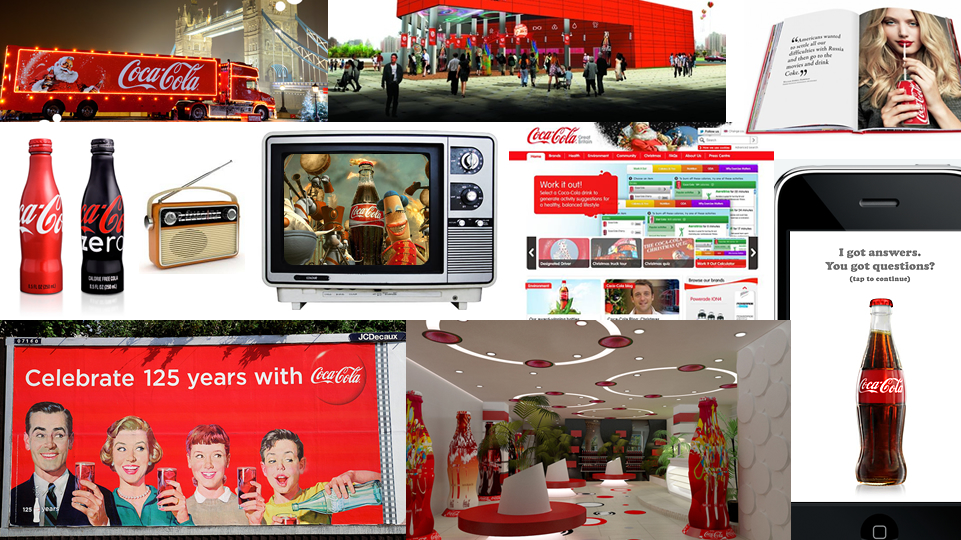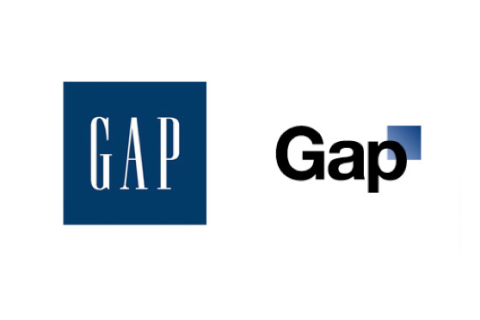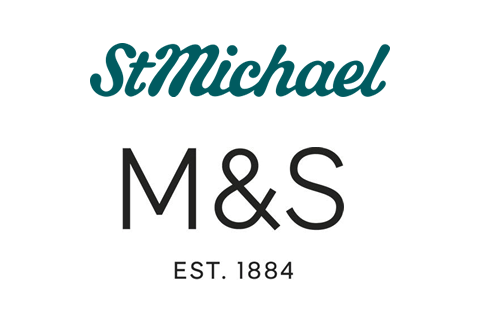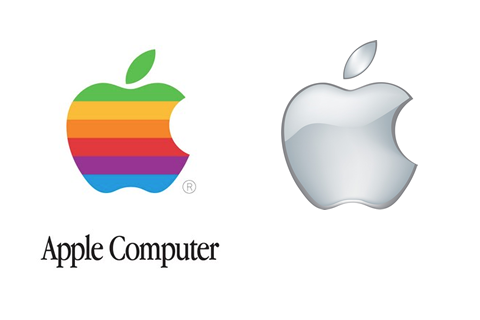At the Adido Let’s Do Digital summit this February myself and Tom Hadley were presenting a workshop that provided an insight into how to create collaborative genius!
“ The role of genius is not to complicate the simple, but to simplify the complicated”
Albert Einstein
The theory behind the workshop was that there are 3 key areas that should be focused on when entering your brand into collaboration for a project.
1. the brief:
Keep calm and remember the golden rule: When briefing your agency, the golden rule is to remember they need to know WHAT you want to achieve, WHY you want to achieve it and WHO this is for. The HOW should be left to your partnering agency to work out with you.
There are simple do’s and don’t regarding briefing; and some classics that we find are common when we get briefed on projects.
Don’t: The website must have a fresh, engaging design
Do: We would like to understand how our brand can be best presented online
Don’t: We need around 30 pages on a website
Do: These are the types of content we need to have in the site and we need to agree a set of page types that allow us to display them
Don’t: The website must make it simple for visitors to find what they want
Do: Our users want to be able to do A,B and C (and here’s the reason WHY). A key objective is to help them achieve that in a way we can measure
Keep calm and geek on: Websites involve technology choices. We agencies understand this may not be your forte…. It doesn’t help to pretend that it is!
Digital terminology is a minefield… even between agencies. When starting a new relationship often we think we all know what we are talking about, but there are so many elements that are described in different ways that technology can easily become misconstrued.
“That area on your homepage that displays multiple large images overlaid with text? Is that a scroller? A slider? A carousel or a rotating banner?
“PHP vs .NET – Does it matter? Why does it matter? Should you even waste your time working out if it matters?”
“What’s a wireframe? Do I need them? Why?”
We believe it is best to discuss these type of scenarios openly, if all parties are honest about the level of technical understanding then it will mean a smoother journey moving forward.
2. the brand:
What creates a brand: There is a common misconception that a brand is a logo, and perhaps a typeface and a few colours. However there is a lot more that goes into a brand than just that. A brand is about the entire customer experience and every touch point that your customers connect with your brand. Touch points being things like magazines, websites, apps, billboards etc.
Yes a brand is your logo and your colours and your font, they solidify your visual identity at its most basic form, but all of your visuals need to stem from your core values and mission. Your values embody everything about your brand.
To take Coca-cola as an example, their mission is to refresh the world, inspire moments of optimism and to make a difference through the engagement of their brand. Their values are leadership, passion, integrity, accountability, collaboration, diversity and quality.
Visually Coca-cola carry these values throughout all of their visual touch points from their show stopping advertising and transportation to their diverse offices and passionate campaigns. They live and breathe their values and because of that, one coherent message is given to the audience.

And speaking of the audience, it’s actually their emotional connection that creates a brand, it’s their perception of the brand that means success. That connection doesn’t just happen by accident, it’s a well thought out strategy and vision that is derived through a real understanding of a business and a vision.
To keep that brand protected though, and to keep that coherent message across all touch points, creatives value above everything, a set of lovely brand guidelines. Brand guidelines at a minimum should have your values in them and a collection of rules on how to use your logo, colours, image styles etc. These are important for everyone who works with and on your brand. It will ensure people represent your brand the way you want it to be, from the way it’s spoken about, the way it is advertised and the consistent styling of all of the touch points for an emotional connection!
Getting all of that right or wrong can make a real impact on your business and its brand equity.
GAP has in its brand history made a costly slip up. In 2010 they without warning changed their strong solid logo for a weaker crowd sourced logo design that didn’t live and breathe their values. After being “out there” for only 6 days it was retracted due to an audience uproar played out over social media. The cost of this brand failure was 100 million dollars to GAP.

However there are brands out there that take the time to make a change work.
M&S used to be good old St Michaels Marks and Spencer. Their brand was seen as expensive but not trendy and in a style conscious market it was time for a change. They needed a refresh and with their new logo and new vision and slick advertising they are now perceived as a desirable high street brand used by all ages (not just the grannies).

And then there is APPLE. APPLE had an iconic yet restrictive coloured logo pigeon holing them into the computing business. They then had a series of innovative forward thinking logo updates enabling them to use their brand across multi products. They dropped the word computing and led with a series of clean fresh apple icons. And there is a payoff to getting your brand spot on like APPLE. Because of the emotional connection they have with their audience, their brand equity is now valued at a massive 98.3 billion. Simply because of WHO they are and how their audience perceives them.

Making sure that everyone understands your brand and the communication of that is vital to the success of any partnership.
3. the relationship:
Pick a partner not a provider: Agencies are service businesses even though a website is a tangible product. They are good at different things, but it’s important to think about what is important for you and your project. Creativity? Technical excellence? Marketing savvy? When choosing your agency we think you should be emotional and pick on FIT! Think about the following questions and how your agency answers them…
What does a good client look like to them? Is that the sort of business we are?
What are our weaknesses and do they have strengths that will compliment us?
Do our teams match up? If they are using five people to your one (or vice versa) then it’s going to be difficult to avoid bottlenecks
Occasionally agency client relationships break down and there are factors that attribute to this from all parties involved. Assumptions, guesswork, conversations that begin… “I’m sure I remember we talked about this…”
However sustaining a relationship is easily achievable, all you need to remember is be honest, have good communications – written and verbal and try not to play the blame game.
Always having an open and honest relationship with any provider will give a good grounding to a working relationship.
Wrap up…
A quick summary of the 3 key areas to making a collaborative relationship work are:
The brief, make sure its about the what? Why? And who not the how… your chosen partner needs to deal with the how.
Then the brand, ensure you know your brand well enough to make a consistent experience for your audience to emotionally connect with.
And finally the relationship, its about picking a partner not just a provider.




